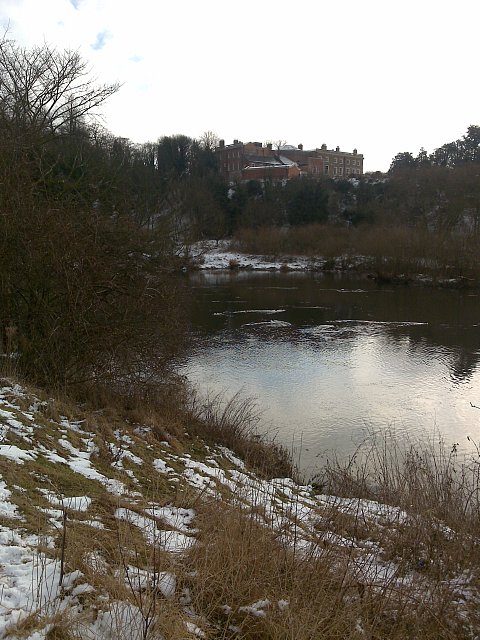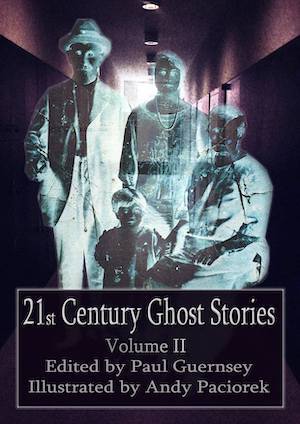
Clifton Hall, An Ancient Manor Home In England Allegedly Haunted By A Variety Of Active Spirits. Photo: David Lally
Poltergeists Are Playful—But Not Much Fun
What are poltergeists? This is one supernatural question that most of us think we’re qualified to answer—after all, we’ve seen the movies. Therefore you likely already know that poltergeists are those most physical of disembodied spirits—that they are able to make noises, open and close doors, move furniture and other objects from one place to another, throw things, pull blankets off of beds, occasionally pinch, bruise, or even leave bite marks on people’s skin, and in other ways manipulate their surroundings in a playful, mischievous, or destructive manner. Of all the different kinds of ghosts, they’re probably the most worthy of worry—if you believe in them, that is—because they are capable of causing pain and property damage.
What most people might not know is that the term “poltergeist” was first used in print by Protestant Reformation leader Martin Luther (1483-1546), who was a firm believer in the malicious activity of evil spirits.
Unlike other sorts of ghosts, poltergeists almost always remain invisible. According to a 19th century tract on ghosts quoted by Owen Davies in his 2007 book, The Haunted: A Social History of Ghosts, “A ghost’s power of making noise, and exerting what seems to be great physical energy, is often in inverse ratio to his power to make himself generally visible, or, at all events, to his inclination to do so.”
In addition, poltergeists invariably are associated with buildings. Davies tell us that early (prior to the 1800s) reports of poltergeists on continental Europe frequently involved their pelting the outsides of houses with stones. Then, as Victorian British writers began to pay more attention to them, poltergeists seemed to move indoors, where they have remained as household pests ever since. Modern poltergeists often seem to focus on a particular person in a house—often a teenage girl—undertaking most of their mischief in the presence of this focal person. As a result, teenagers in homes supposedly plagued by poltergeists often are suspected of pulling the pranks and committing the vandalism for which disembodied spirits are blamed. And in many cases, these suspicions have been proven correct. . . .
Although the German word geist means ghost (polter[n] translates as noisy), among people who spend time thinking about ghosts, it is not clear whether poltergeists actually are ghosts at all—that is, spirits of people who once were alive. It is possible that poltergeists are more properly categorized as demons, or disembodied spirits that never walked the earth in human form.
One of the most notorious recent accounts of poltergeist activity involved an ancient English mansion called Clifton Hall (photo, above), in the Village of Clifton, Nottinghamshire. In 2007, businessman and millionaire Anwar Rashid and his family abandoned the 52-room manor house just months after moving in, claiming that Clifton’s assortment of ghosts and poltergeists had frightened them out.
Alleged poltergeist activity at the mansion included knocking on the walls and spots of blood appearing on a baby’s quilt. In addition to this physical mischief, Rashid and his wife said they also experienced apparitions, including some that took the shape of their own daughter.
Clifton Hall reportedly has been repossessed by the bank, and is still on the real estate market.

